|
A massive work was initiated in 2011 to establish the scientific cases (hereafter, SCs) that are driving the design of a MOS on the ELT. Going from the largest to the smallest spatial scales :
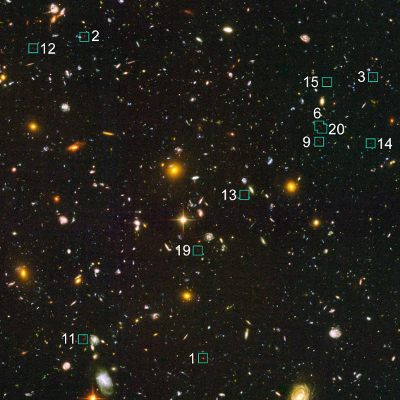
MOSAIC will detect and study the very first galaxies. Their light, which has taken more than 13 billion years to reach us, will provide us with vital clues to our understanding of the early epoch when the Universe was ‘reionised’, during which its gas changed from a universally neutral into an ionised state. First light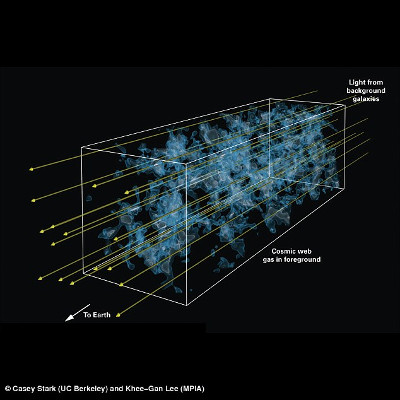
Mosaic will combine both visible and near-IR observations to conduct the first direct inventory of matter in distant galaxies at z~3, including characterising the dark matter profiles in disk galaxies, the distribution of neutral gas in the IGM, and probing all gas phases in the CGM. Inventory of matter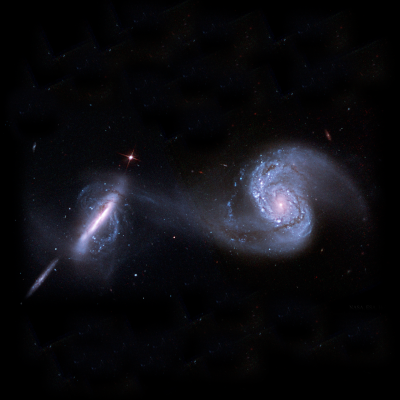
A large (hundreds to thousands of galaxies) and representative survey of spatially-resolved galaxies selected homogeneously over the redshift range z=2-4 is an important scientific goal for the ELT. This will probe the mass assembly of galaxies by disentangling the different physical processes at work as a function of time and mass (Puech et al. 2010; 2018). When combined with deep imaging in the rest-frame near-IR from, e.g., the JWST, the evolution of their dynamical state as a function of time and mass can be investigated. Amongst the whole mass spectrum, low mass galaxies represent a unique niche for the large integrated area of the ELT. Mass assembly of galaxies through cosmic time
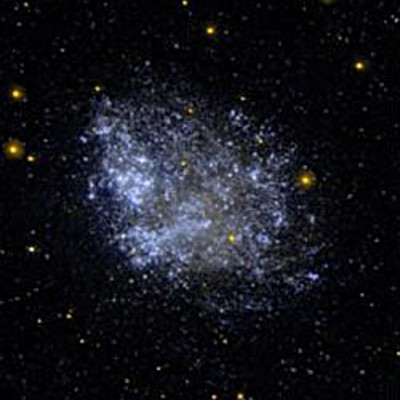
Observations of resolved stellar populations with MOSAIC will enable us to trace and explore the star-formation and chemical-enrichment histories of large samples of galaxies. With current facilities, detailed spectroscopic observations of individual stars are limited to the Milky Way and its nearest neighbours, but reaching beyond the Local Group is essential in order to advance our understanding of how galaxies form and evolve under very different environmental conditions. MOSAIC will allow us, for the first time, to move to a broader range of galaxies in the Local Volume, from the edge of the Local Group out to Mpc distances, and to reach the faintest populations within the Milky Way. Resolved stellar populations beyond the Local Group
Observations of resolved stellar populations with MOSAIC will enable us to trace and explore the star-formation and chemical-enrichment histories of large samples of galaxies. With current facilities, detailed spectroscopic observations of individual stars are limited to the Milky Way and its nearest neighbours, but reaching beyond the Local Group is essential in order to advance our understanding of how galaxies form and evolve under very different environmental conditions. MOSAIC will allow us, for the first time, to move to a broader range of galaxies in the Local Volume, from the edge of the Local Group out to Mpc distances, and to reach the faintest populations within the Milky Way. Galaxy archaeology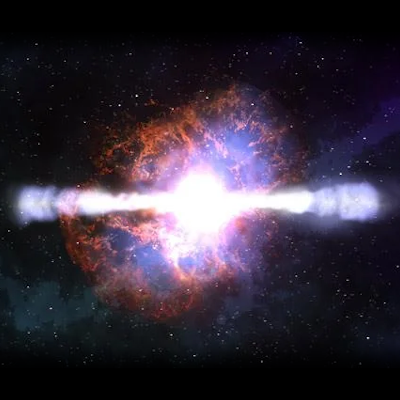
A transient astronomical event, is an astronomical object or phenomenon whose duration may be from milliseconds to days, weeks, or even several years. This is in contrast to the timescale of the millions or billions of years during which the galaxies and their component stars in our universe have evolved. Singularly, the term is used for violent deep-sky events, such as supernovae, novae, dwarf nova outbursts, gamma-ray bursts, and tidal disruption events, as well as gravitational microlensing, transits, eclipses, and comets. These events are part of the broader topic of time domain astronomy. Transients and Multimessengers | ||
